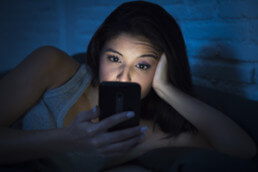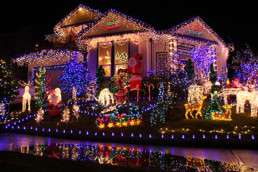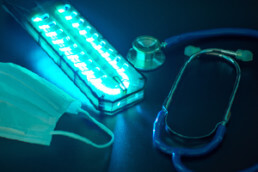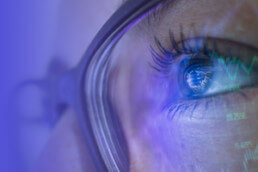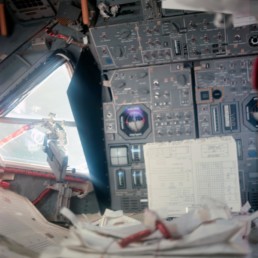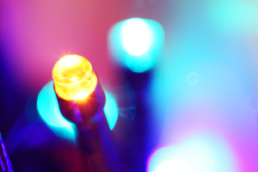Can Your Smart Phone Be Causing Your Insomnia?
The reason for this is because devices such as laptops, smart phones and tablets can emit around 50 lux, which is enough to delay the timing of your body’s natural circadian rhythm (think body clock). Additionally, it can lower the production of melatonin, a major hormone that is produced by your body when it’s trying to control sleep and wake cycles. When you stare at the backlit portable screen of your laptop, phone or tablet, it shines short-wavelength, blue light, into your eyes. This stimulates your brain, telling it to stay awake and sending conflicting signals, which slows melatonin production. The biological side effect is difficulty falling or staying asleep. Keeping electronics out of the bedroom entirely will also create an environmental connection in your mind establishing that your bedroom is a place of rest, and sleeping, not for studying, working or socializing. Research has shown that this can help you fall asleep, stay asleep, and sleep more deeply which has lasting health benefits.
So if you want to check your email, send a final text, play one more game, or watch one last show do it an hour to two hours before bed time. This will reduce or eliminate melatonin-suppressing effects of artificial light exposure and your body will enjoy a much better night’s sleep.
Konica Minolta Sensing and Instrument Systems offers two different Blue Light Hazard measurement systems, both based on our CAS 140D with stray light correction, covering the spectral range from 300 nm to 700 nm. The stray light corrected CAS 140D Instrument Systems is the first to offer an array spectrometer that can reliably assess the blue light hazard from light sources within the prescribed limiting values. Prior, only double monochromators were recommended for this task, as an underestimation of the blue light hazard was possible in measurements with a spectroradiometer on array spectrometer basis due to stray light. The CAS 140D avoids this in two ways: The optics and mechanics used in the spectrograph block are optimized with regard to disturbing stray light. Additionally, a unique stray light correction matrix is integrated in the calibration procedure. Both innovations combined ensure an up to now unachieved precision in the determination of the blue light hazard with an array spectrometer.
